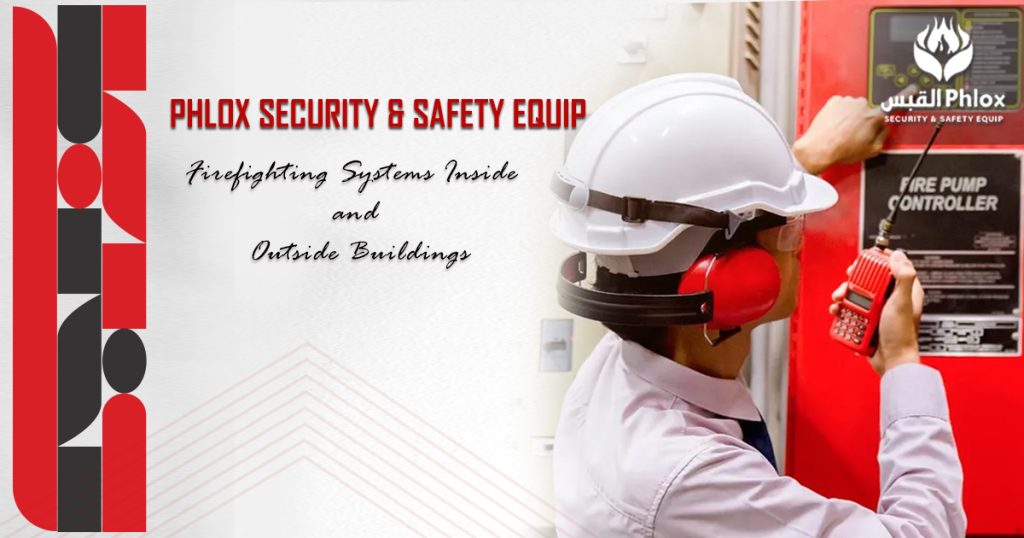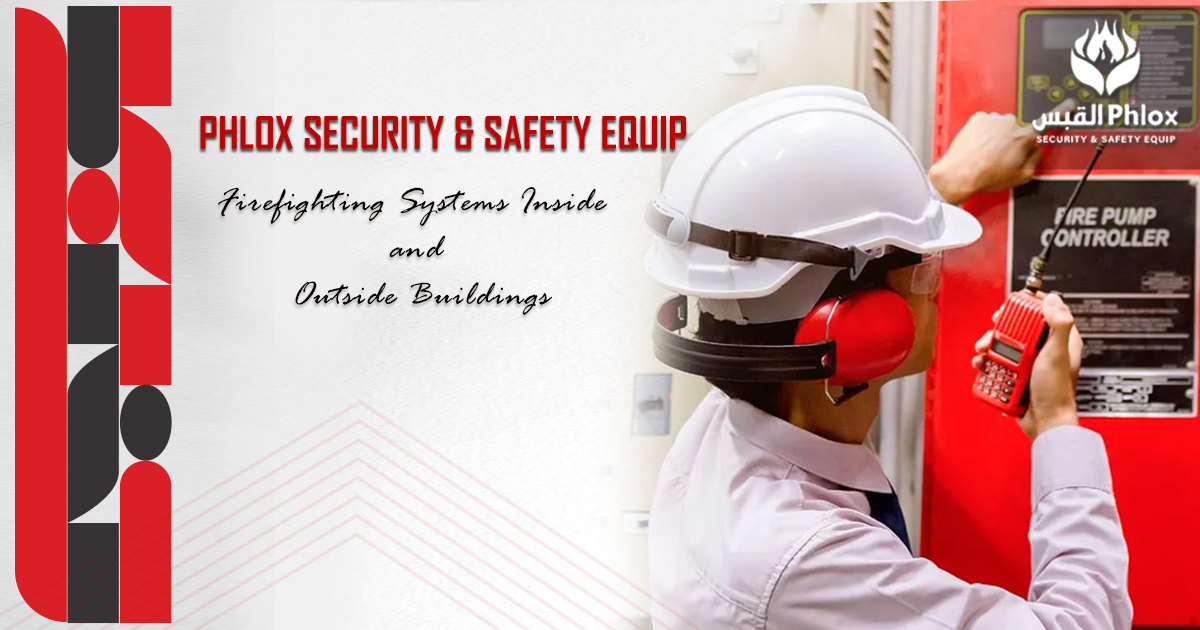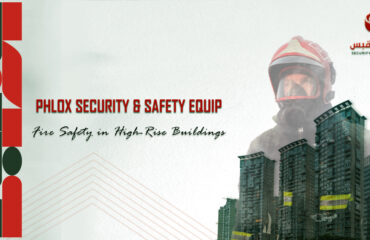
Firefighting Systems Inside and Outside Buildings
Fire safety is a paramount concern in any building, and having robust firefighting systems in place is essential. Understanding the differences between interior and exterior firefighting systems is crucial for comprehensive fire protection. However, in this blog post, we’ll explore the distinct roles, components, and operations of these systems to shed light on their critical importance.
Inside Building Firefighting Systems
Purpose: Preserving Life and Property
Inside building firefighting systems are strategically designed to safeguard occupants and property within a structure. Here are the key components and functions:
- Sprinkler Systems: These automatic systems are activated by heat, releasing water to suppress or control a fire. They are a frontline defense against fire emergencies.
- Fire Extinguishers: Strategically placed throughout the building, fire extinguishers provide immediate access to a means of suppressing small fires before they escalate.
- Fire Alarms: Early detection is crucial. Therefore, fire alarms emit audible and visual alerts to signal the presence of a potential fire, allowing for swift evacuation.
- Smoke and Heat Detectors: These critical components actively monitor for signs of smoke or increased temperature, providing early warning of a potential fire event.
- Accessibility and Evacuation Routes: Clear and well-marked evacuation routes are pivotal for safe egress during a fire emergency.
Outside Building Firefighting Systems
Purpose: Containment and Extinguishment
Exterior firefighting systems work in tandem with internal systems to control larger fires and prevent their spread. Here are the key components and functions:
- Fire Hydrants: These are strategically positioned around urban areas to provide a reliable and accessible water source for firefighting operations.
- Fire Department Connections (FDCs): FDCs are points where fire department hoses can be connected to supplement water supply if the internal system is inadequate.
- Fire Hose Streams: Firefighters utilize hoses connected to hydrants and FDCs to direct water onto the fire from outside the building.
- Specialized Equipment: Aerial platforms and ladder trucks provide essential access to upper floors or challenging-to-reach areas, enhancing firefighting capabilities
- Coordinated Effort for Optimal Fire Safety: Effectively combating fires often requires a seamless coordination between interior and exterior firefighting systems. Thus, here’s how they work together:
- Coordination: Both systems complement each other to control and extinguish fires successfully, ensuring a comprehensive approach to fire safety.
- Water Supply: While internal systems may draw from the building’s water supply, external sources such as fire hydrants become invaluable for sustaining firefighting efforts.
Lastly, a good understanding of the differences between interior and exterior firefighting systems is fundamental to a holistic fire safety strategy. However, by recognizing the distinct roles of each system, we can create environments that are well-equipped to handle fire emergencies. Which ensures the safety of occupants and the preservation of property.





